growing vegetables in cool weather
grandprix1
13 years ago
Related Stories

COOL-SEASON CROPSCool-Season Vegetables: How to Grow Peas
Their sweetness isn't just for spring. Peas thrive in cool weather too, adding a garden-fresh note to soups, salads and more through fall
Full Story
FARM YOUR YARDCool-Season Vegetables: How to Grow Lettuce
Leaf, butterhead, crisphead or romaine — lettuce is best harvested in the cool weather of spring and fall
Full Story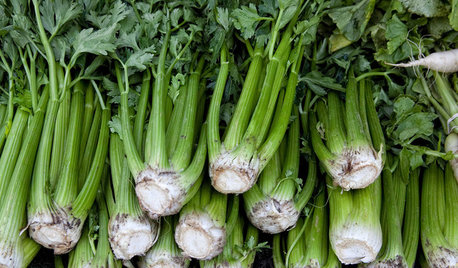
COOL-SEASON CROPSHow to Grow Celery
If you're up for a challenge this fall, try growing celery and celeriac in your garden.
Full Story0
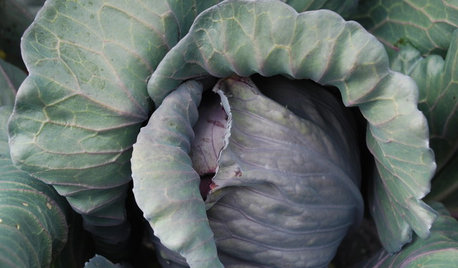
COOL-SEASON CROPSCool-Season Vegetables: How to Grow Cabbage
Give soups and stews an unbeatably fresh flavor with this ever-popular fall garden favorite
Full Story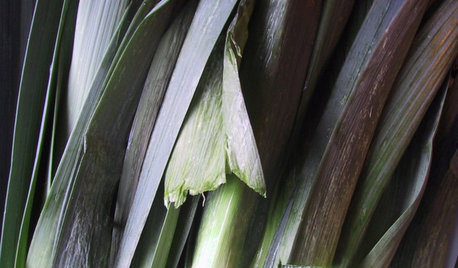
COOL-SEASON CROPSCool-Season Vegetables: How to Grow Leeks
Elegant in the garden and handy in the kitchen, onion-related leeks are worth the effort
Full Story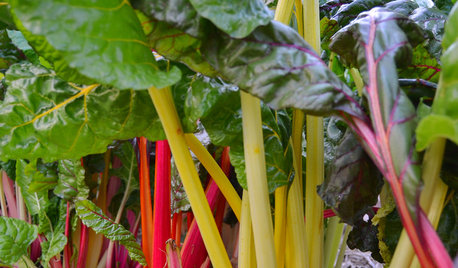
GARDENING GUIDESCool-Season Vegetables: How to Grow Chard
A year-round garden favorite with a colorful stem, Swiss chard comes into its own in early spring and in fall
Full Story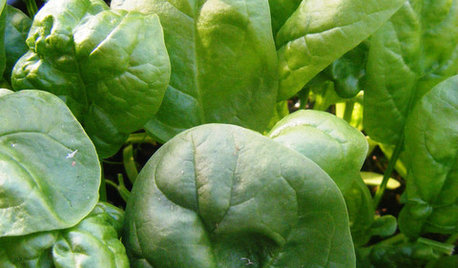
COOL-SEASON CROPSCool-Season Vegetables: How to Grow Spinach
Chock-full of antioxidants and iron, spinach is a nutrient-rich addition to your fall or spring garden
Full Story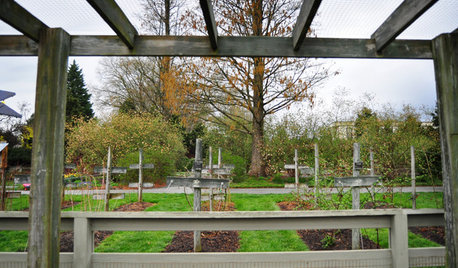
GARDENING AND LANDSCAPINGVegetable Growing Lessons From Longwood Gardens
Get ideas for your own edible landscape from a Pennsylvania showpiece and teaching garden
Full Story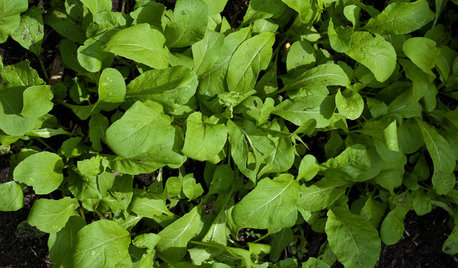
COOL-SEASON CROPSCool-Season Vegetables: How to Grow Salad Greens
From arugula to radicchio, greens have taken a top spot on the table and in fall and winter gardens. See how to start growing them now
Full Story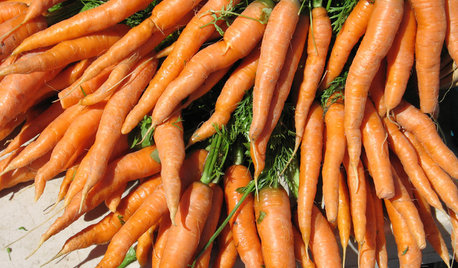
COOL-SEASON CROPSCool-Season Vegetables: How to Grow Carrots
More than just a bunny food, easy-to-grow carrots add lacy good looks to a fall or spring garden
Full Story





chris92
gardendawgie
Related Professionals
Tomball Landscape Architects & Landscape Designers · Williamsburg Landscape Contractors · Camp Verde Landscape Contractors · Kerman Landscape Contractors · Lemont Landscape Contractors · North Haven Landscape Contractors · Snoqualmie Landscape Contractors · Tavares Landscape Contractors · Wallingford Landscape Contractors · Woodbury Landscape Contractors · Woodland Landscape Contractors · Four Corners Landscape Contractors · Raytown Landscape Contractors · East Ridge Driveway Installation & Maintenance · Rehoboth Driveway Installation & Maintenancelaceyvail 6A, WV
franktank232
catherine_nm
grandprix1Original Author